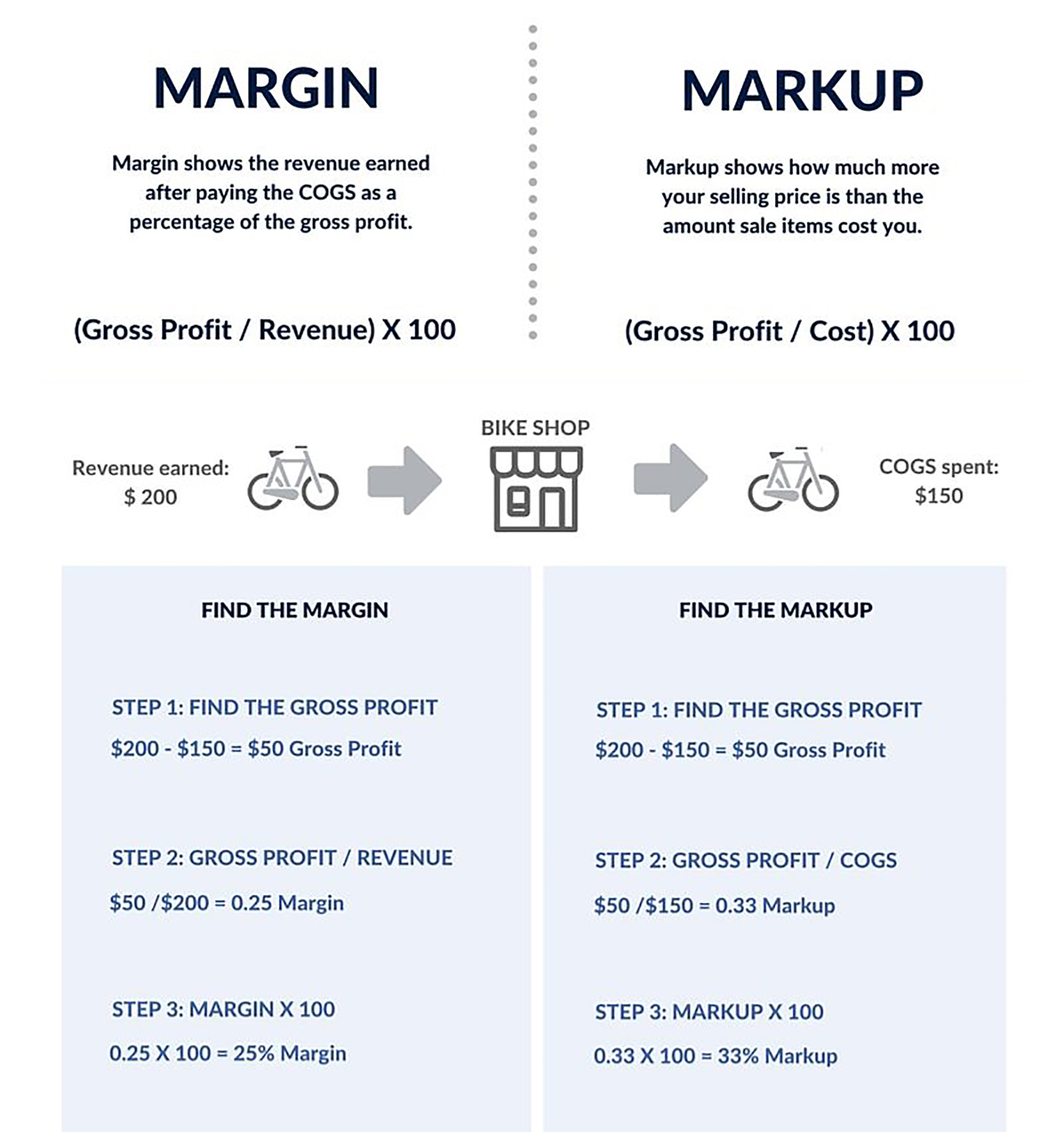
The Price is Right
To earn space on a retail shelf, the numbers have to add up.
Let’s say you picked up a new pair of shoes from the store and paid $100 for them. How much money did the retailer make, and how much went to the entrepreneur? If we keep it simple and stay with 100-percent markup (let’s just forget for a minute the taxes and shipping cost), the retailer would have earned $50 for that sale and the entrepreneur would have received $50.
If a product lingers on the shelf, it runs the risk of being discounted by the retailer in order to get the consumer to make the purchase. If those shoes were on sale for $80 (as a result of sitting there for a while), then the retailer would have earned only $30. Because of lack of profit, prospects of the retailer reordering the product are lessened. (Profits, however, are a whole different story.)
Entrepreneur and COO of Merchandise Outlet Mike Schuette advises, “As a retailer, I purchase products that I think are cool and that a consumer would want. If a product stays on the shelf for too long, I have to discount it to get it out of the store, and I most likely will not purchase that product again.”
The key for an entrepreneur earning—and keeping—space on a retailer’s shelf is all in the understanding of the numbers. Retail margins vary by industry, with most hovering between 40-50 percent. So, to discover what numbers are “right,” the entrepreneur should first discover what the consumer is willing to pay to pick the product off the retailer’s shelf—and then work backwards.

Source: www.PatriotSoftware.com









